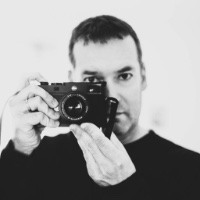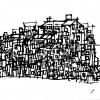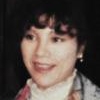I like film...(open thread)
-
Recently Browsing 3 members
-
Similar Content
-
- 306 replies
- 23,192 views
-
- 225 replies
- 7,534 views
-
Doors. Open thread 1 2 3 4 33
By Robert M Poole,
- 649 replies
- 37,651 views
-
Windows: Open thread 1 2 3 4 40
By Robert M Poole,
- 790 replies
- 45,433 views
-
Green (Open thread) 1 2
By mikozia,
- 32 replies
- 1,356 views
-




Recommended Posts
Join the conversation
You can post now and register later. If you have an account, sign in now to post with your account.
Note: Your post will require moderator approval before it will be visible.